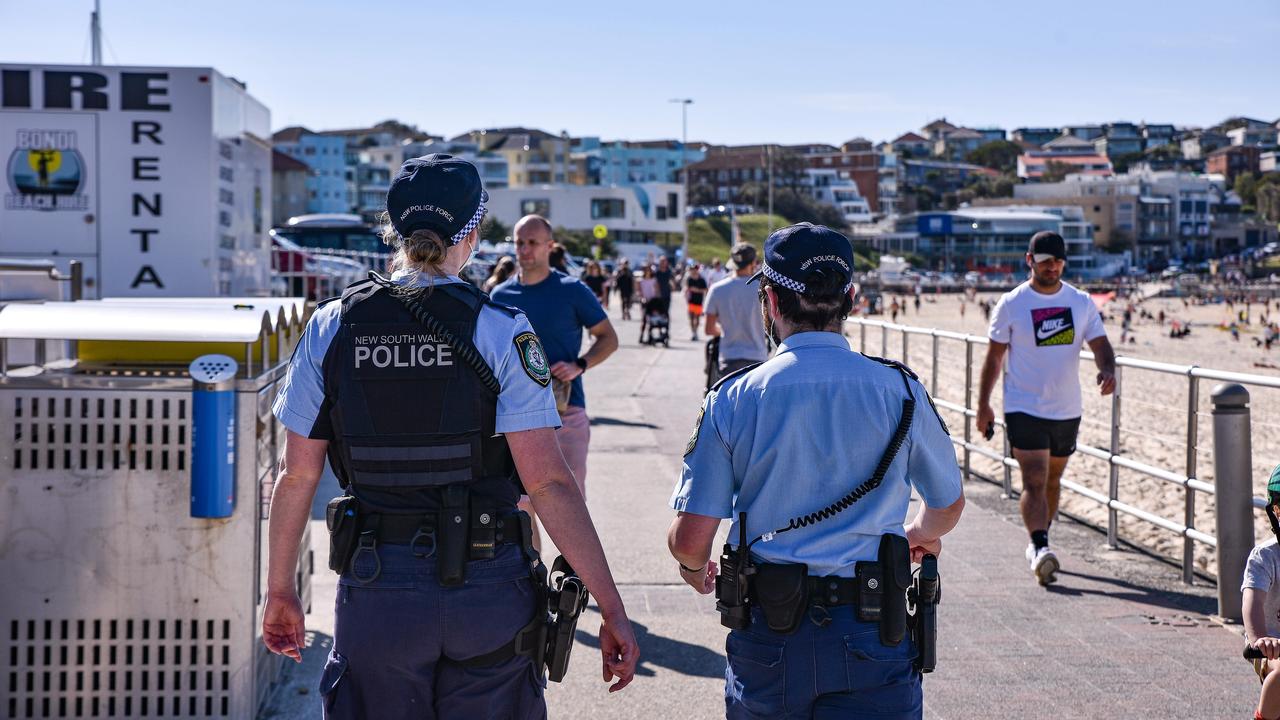Brexit Bill Q&A: what comes after the vote
The UK parliament is voting on the Brexit Withdrawal Bill on Wednesday. What happens next is anyone’s guess. Here are some of the possibilities.
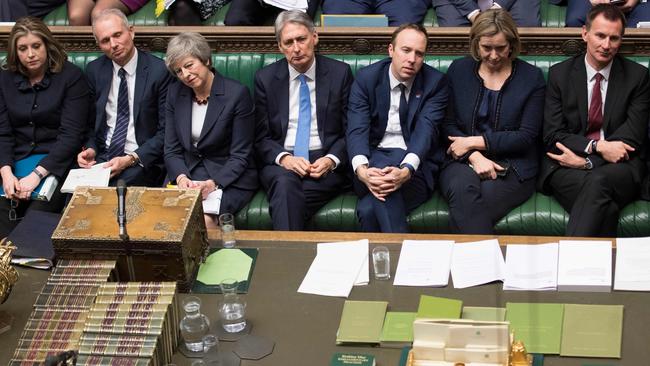
Theresa May’s Conservative government has insisted that the Brexit Withdrawal Bill — also known as the Meaningful Vote — will be put to a vote of the House of Commons on Wednesday morning at 6am AEDT (7pm Tuesday night GMT).
Mrs May postponed the vote on December 11 because it was poised for such a catastrophic defeat it could have brought down the government.
However in the weeks since, the British Prime Minister has been unable to deliver on legal assurances to her partners, the Democratic Unionist Party, which provides support and confidence for the Conservative rule.
Scores of other opponents of her bill, both from a hard core group of Brexiteers who have been proposing a no-deal Brexit on World Trade Organisation terms, and Remainers who want to topple Brexit completely, have remained steadfast in their opposition to Mrs May’s Brexit Bill.
The outcomes of Wednesday’s vote are numerous and could have dramatically different implications for the country and Europe.
Here are some of the possible next steps:
What happens if the Brexit Withdrawal Bill is defeated?
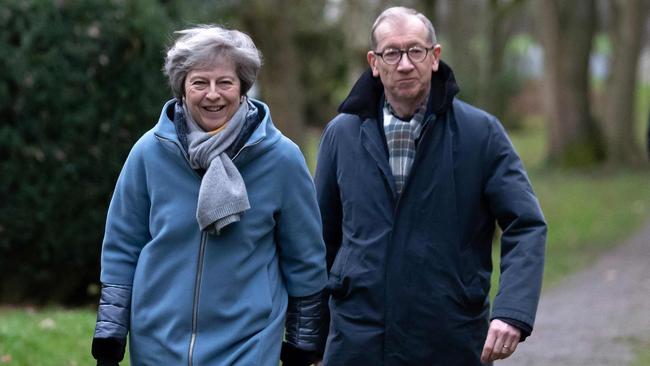
Theresa May needs 320 votes to get her bill past parliament, and she is unlikely to get the votes she needs. If the bill is defeated by a large number of MPs, as expected, the Prime Minister has just three days to return to the House with a Plan B.
The default position is that come March 29 at 11pm (midnight in Brussels), the United Kingdom will leave the EU without a deal, unless the UK unilaterally revokes Article 50 to cancel Brexit before that time.
But Mrs May is expected to return to the Commons and argue that she needs to re-open negotiations with Brussels to try and improve on the deal, even though it is unlikely that any agreement will get through parliament if the dreaded Irish backstop, the main sticking point for MPs, is still in place.
But this could buy her some time to attempt a second vote on essentially the same bill — a tactic she has been using to try and ram it home with the threat that it’s either Brexit with her deal, or with a no deal Brexit — something only the hard core Brexiteers would support.
This strategy relies on the EU offering some significant concessions, and unravelling its immovable pillars of the free movement of goods, services, capital and labour in relation to the treatment of the Republic of Ireland (part of the EU) and Northern Ireland (part of the UK).
What exactly is the Irish backstop?
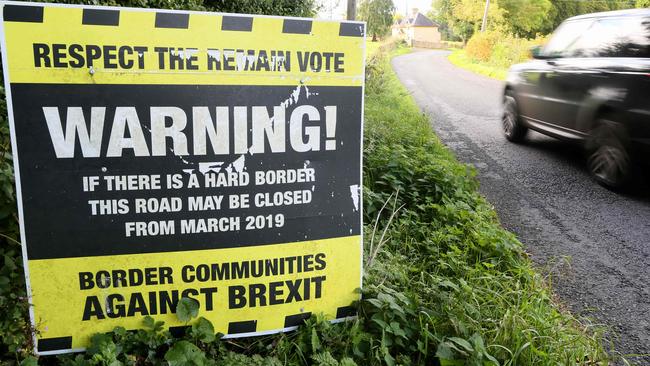
The backstop is a position of last resort to retain an open border between North Ireland, part of the UK and the Republic of Ireland, which is part of the EU. After Brexit, north and south Ireland could be in different customs and regulatory regimes, which would mean products being checked at the border between the two.
Neither the EU or the UK want that to happen. However the EU position — keeping Northern Ireland (but not the rest of the UK) in the EU customs union, large parts of the single market and the EU VAT system would mean a customs border being drawn down the middle of the Irish Sea. This means any goods coming to Northern Ireland from the UK would have to be checked to ensure they met EU standards.
In November Theresa May’s cabinet backed a draft deal that would see Northern Ireland staying aligned to some rules of the EU single market if another solution could not be found by the end of the transition period in December 2020.
Can Article 50 be extended?
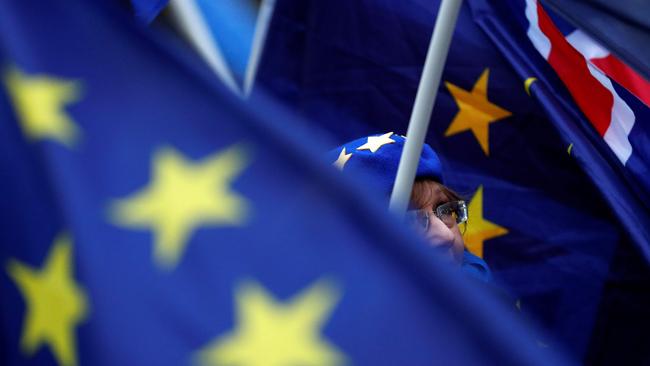
Article 50 can be extended, but it requires the approval of all 27 EU member states and there would have to be a workable reason for the extension: the EU is unlikely to act because of a deadlock in the British parliament.
The UK would have to make a formal request for such an extension, and the EU countries would have to agree at a vote of the EU Council. The UK government then has to table a bill to change the exit day in the EU Withdrawal Act and MPs would have to vote on this change of date.
What about revoking Article 50?
There are increasing calls from prominent parliamentarians to revoke Article 50 and call another referendum. Former PM John Major is among the most vocal supporters of this path, arguing that it would be “morally reprehensible” to slide into a no-deal Brexit. He wrote in the Sunday Times yesterday: “The cost … to our national wellbeing would be heavy and long-lasting. The benefits are close to zero. Every single household — rich or poor — would be worse off for many years to come. Jumping off a cliff never has a happy ending.”
Well that’s all talk, is there any action?
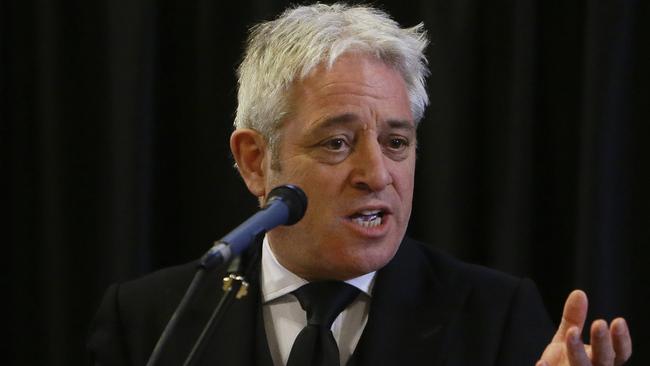
Since you mention it, yes. At least two groups of rebel MPs, including former Tory ministers, are reportedly plotting to change House of Commons rules so that motions proposed by backbenchers take precedence over government business, meaning the government would lose its ability to govern.
Downing Street believes that would enable MPs to suspend Article 50, putting Brexit on hold, and could even lead to the referendum result being overturned — a move that would plunge the country into a constitutional crisis.
Mrs May and her aides are said to be “shell-shocked” at the plot which, crucially, Speaker of the House John Bercow — who has come out clearly on the Remain side — is likely to allow to proceed.
What else might the UK parliament try?
The parliament has already flexed its considerable muscle in the past week, twice defeating the government on votes with 20 rebel Tory MPs crossing the floor.
These same MPs, nearly all Remainers, have threatened to continue to disrupt Brexit preparations because they do not want to accept a no-deal and leave the EU with just WTO rules. Some of the rebel MPs, along with senior Cabinet ministers are also demanding indicative votes of various Brexit options — trade deals along the lines of Norway or Canada for instance — to see if there is a way to break the deadlock.
Mr Bercow has indicated he will allow various amendments to bills, and there are increasing numbers of MPs demanding a fresh referendum.
Who are the key players on each side?
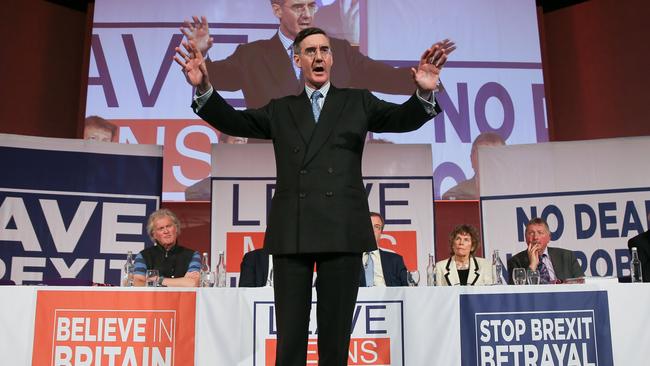
The hardcore Brexiteers are led by millionaire Jacob Rees-Mogg, who believes that leaving Europe with no deal is better than staying in the EU. It was Mr Rees-Mogg who instigated the Tories’ vote of no confidence in Mrs May over the issue last November, before he retreated to lick his wounds after the PM won the vote.
The Remain rebel ringleaders are Dominic Grieve and Oliver Letwin, an ally of David Cameron. The powerful — and increasingly contentious — Speaker John Bercow is also regarded as being part of the rebel team.
Will there be a vote of no confidence?
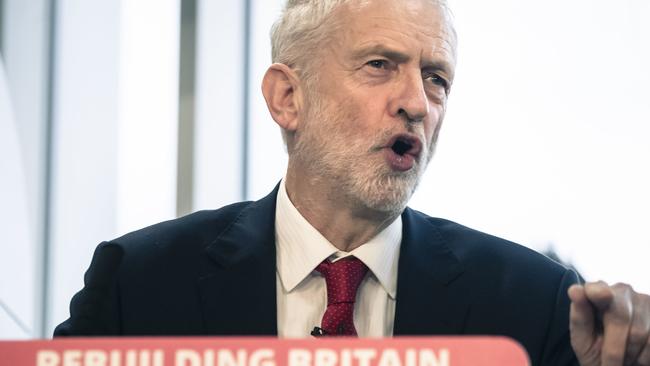
Labour leader Jeremy Corbyn has been biding his time waiting for the right moment to call for a vote of no confidence in the government. He now says that time is here — or will be if Mrs May’s bill is defeated.
If Mr Corbyn calls for a vote of no confidence immediately after the bill’s defeat the Conservatives have 14 days to try and win a new vote of confidence, almost certainly with a new leader, or with different coalition partners.
Mrs May has been wooing the country biggest trade union leaders of late. Incredibly she has also been urged to create a cross-party Brexit group to try and present a unified front to argue for a fresh customs arrangement with the EU.
However Labour could also try and form a government, perhaps with cross-party support from rebel Tories
If there is no alternative government, an early general election can be held as early as 25 days later.
Wait, does this mean the end for Theresa May?
Very possibly. If there is a vote of no confidence, the Conservatives will almost certainly go forward to a new vote with a new leader, or with different coalition partners.
And if the Tory plotters manage to change Commons rules so government loses the ability to govern, that would likely spell the end for her as well.
Can Theresa May call an early election?
Mrs May could choose to go to the polls to try and break the deadlock, but she would require two-thirds support of the parliament.
She is also wary of voter fury, with the electorate increasingly angry at the apparent self-preservation and infighting of Tory MPs.
However, latest polls show that dissatisfaction with Labour, which has failed to adequately communicate its own Brexit stance, is also high, and that the Tories may win an election.
So why don’t they just have another referendum?
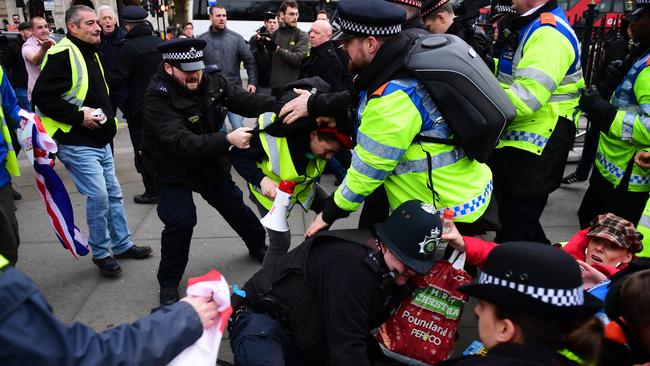
At the moment neither Tory nor Labour leader supports a second referendum, but this option is becoming more viable as MPs can see no other way out.
Mrs May has argued that to ignore the first referendum result would be a betrayal of the public’s wishes.
A fresh referendum would take time to implement and there would be extensive debate over what question should be asked.
There is already considerable debate over whether the question posed in a new referendum should be a repeat of the 2016 vote, or should there be three questions: to remain, to leave with Mrs May’s deal or leave with no-deal?


